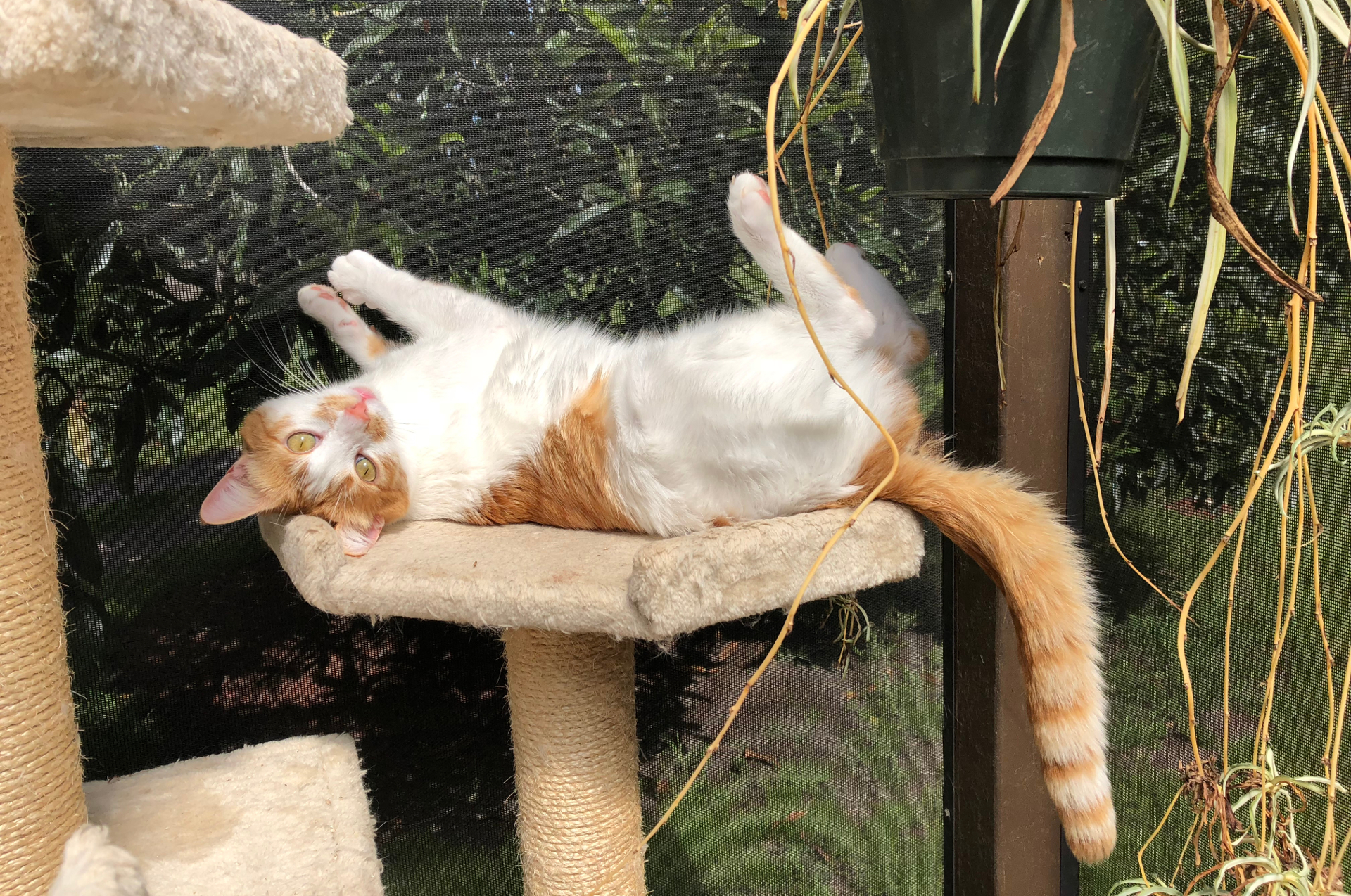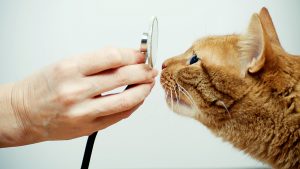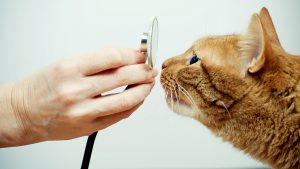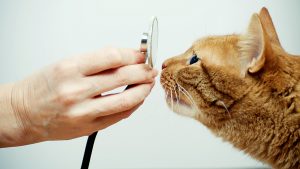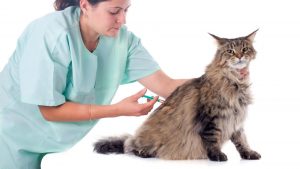SNAP Cats goal is to save lives of special needs cats. Whether it’s providing rescue and care, public education, or a rewarding volunteer experience, SNAP Cats offers a wealth of opportunity for everyone to become involved.
THE VOLUNTEER EXPERIENCE
You can view and download our Volunteer Manual, which details the wide range of volunteer opportunities and programs, here
At SNAP Cats, you’re more than just a “volunteer.” You’re a trainer, therapist and care giver to cats that need more than just attention – they need your love and commitment to help them overcome the challenges they face everyday. If you’re looking for a challenging yet very rewarding experience, SNAP Cats is your opportunity.
All interested volunteers must attend a New Volunteer Orientation Meeting. Age requirements, qualifications, and hours for responsibilities vary and will be explained in the meeting. If you’re interested in any of the following positions please email us and we’ll inform you of our next New Volunteer Orientation Meeting.
CAT CARE TECHNICIAN
At SNAP Cats, you’re more than just a “cat cuddler.” You’re a trainer, therapist and care giver to cats that need more than just attention — they need your love and commitment to help them overcome the difficulties they face everyday. If you’re looking for a challenging yet very rewarding experience, SNAP Cats is your opportunity.
FOSTER CARE FAMILY
As a foster family you’ll provide in-home care to SNAP Cats recovering from injuries/surgeries, cats in need of socializing (in a family environment outside of our campus), and possibly bottle feeding kittens who’ve lost their mother. Foster Care Families receive all animal care supplies for SNAP Cats and can determine the types of animals they are willing to care for. Click here to download our Foster Care Program Information.
FACILITY MAINTENANCE
As a maintenance Volunteer you’ll assist SNAP Cats staff in keeping our campus clean and organized for our cats and the public. You’ll help by assisting with laundry, washing dishes, gardening, painting, organizing storage, general cleaning and various other tasks as needed. A clean environment is essential in keeping everyone happy and healthy.
ANIMAL TRANSPORTATION
Drop off and pick up SNAP Cats from local venues (vets, mobile adoptions, events, etc.), or longer distance transfers to/from other shelters, rescues and sanctuaries.
SOCIAL MEDIA
Help our SNAP Cats get noticed/adopted. Photograph our cats to post on our website, AdoptAPet.com, Petfinder.com, SNAP Cats Newsletters, etc; update social media web pages; advertise our animals via the Internet; and create flyers/posters to be placed around your community to publicize both our cats and campus.
OFFICE
As an Office Volunteer you’ll be responsible for answering phones, assisting the public, facilitating adoptions, and various other administrative tasks as needed.
GENERAL
If you just want to help out in any capacity, that’s great, too. Whether it’s in the office, in our cat rooms, helping to transport cats, or working on your computer, we’ll always need and appreciate your help to take care of our wonderful cats.
You can view and download our Volunteer Manual, which details the wide range of volunteer opportunities and programs, here

Our primary focus is to rescue and care for Special Needs cats that are scheduled to be killed anywhere in the world. Animal shelters, rescues and sanctuaries are full. Innocent cats are being killed due to lack of space and/or funds. The first cats to be killed are special needs, elderly and feral cats, or cats who aren’t deemed “adoptable.” That’s unacceptable.
SNAP Cats rescues these cats, houses them, then finds them loving homes. We believe, if given a few more days or weeks or months, an older or special needs or feral cat can find the home that they deserve.
All cats at SNAP Cats, regardless of health, age or temperament, are available for adoption or foster care. Those who are not adopted, due to age, illness or temperament, will be live out the remainder of their natural lives in a peaceful, healthy, serene environment, free from judgment or harm.
PUBLIC EDUCATION
SNAP Cats provides the community much needed information and education about often misunderstood topics, such as FIV, “feral” or “community” cats, and caring for specific special needs. This information is available on this website, and will also be discussed in free public classes at the future SNAP Cats facility. We are also available for free feline health and behavior consultation on most subjects during working hours.
Now that we’re in our new SNAP Cats facility in santa Rosa, we will be offering the opportunity for group visits, i.e. school field trips, community groups and organizations. If you’re interested in bringing a group out to SNAP Cats please email us at info@snapcats.org. There is no fee to experience our wonderful world of special needs cats.







